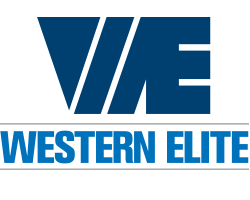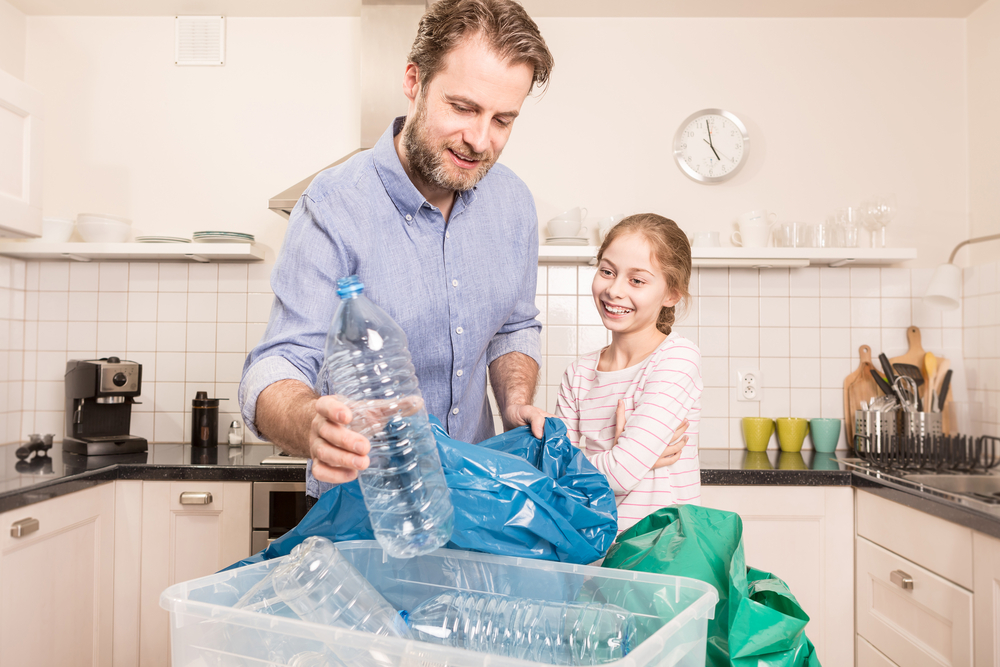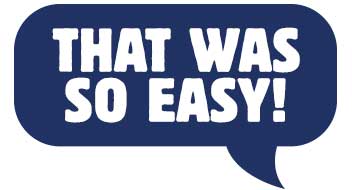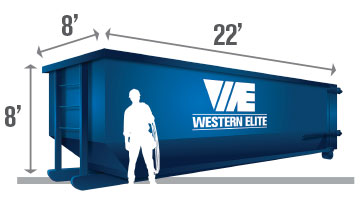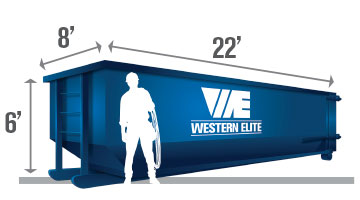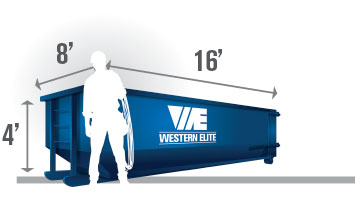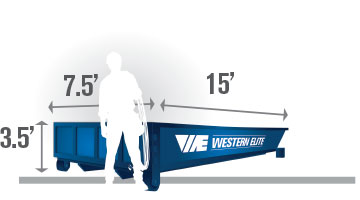We all want to do our part to keep our world a beautiful and healthy place to be. Some of us try to cut back on gas usage; others shop for organic produce. Something that every one of us should be doing is recycling in our homes in order to reduce waste.
However, how many of us actually know how to effectively recycle? Which materials are eligible and how do we prepare them?
More Demand for Well-Sorted Recycling
China is the world’s biggest buyer of recycled materials. However, in 2012, they started rejecting recycled materials for being dirty, shipping them clear back across the ocean to be put in American landfills instead. The truth is that mixing food waste with recyclable materials can sometimes make them ineligible for recycling. This is especially true for paper and cardboard, which can start to break down just from being exposed to grease and moisture. More hardy materials like plastic and aluminum don’t suffer as much with exposure to food materials. However, in single-stream recycling programs is helps to be aware of the best way to manage residential recycling.
Additionally, with the time that sorting, storage, and shipping takes, it’s best to have recycling waste clean and free of food scraps so as to inhibit the growth of bacteria. That being said, rules for recycling varies from place to place. For example, in San Francisco, all recycled items must be rinsed. However, in Chicago, it’s unnecessary to rinse out anything before putting it in the bin.
Your Basic Guide to Prepping Recycling
Plastic: The first thing you need to know about plastic recycling is that not all plastic is created equal. Different numbers inside of the recycling triangle symbol on the bottom of plastic containers indicate the item’s eligibility for recycling. Numbers 1 and 2 are almost always easily recyclable. Check your local recycling facility to see if they accept higher numbers. If not, you’re usually better off finding your own way to reuse those hardier plastic containers. For example, use a (thoroughly cleaned) laundry detergent bottle as a watering pot. You can also opt for non-plastic options whenever possible, for example buying bar soap over bottles of body wash that you can’t recycle.
Cans: Aluminum cans, such as soda cans, and those used for canned food, are best given a cursory rinse before you dump them. However, this isn’t necessary in most cases. Cans are sorted out at recycling centers usually through the use of advanced magnets, and so they’re easy to recover.
Paper: Newspapers, magazines, and telephone books should all be recycled. If you want to keep them cleaner and easier to work with, keep them separate from food containers. An easy way to recycle a lot of paper is by putting junk mail straight into the recycling bin instead of the garbage bin.
Glass: Glass bottles should be rinsed, and handled carefully so that they don’t break. Additionally, you should make sure that you don’t mix recyclable glass bottles with other glass-like materials, like mirrors or ceramics.
